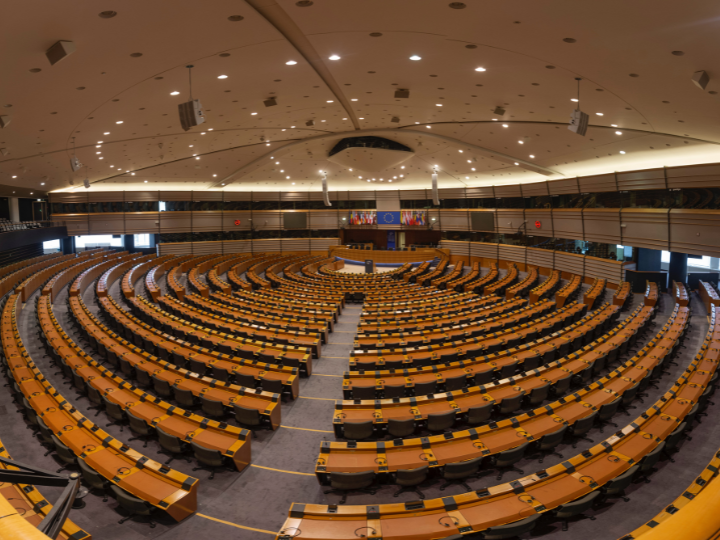Here in Athens, people often have the opportunity to see traveling European art exhibitions of painting and sculpture. As an Asian residing in Greece, I am grateful to be able to see European art on a regular basis. However, I would also like to introduce Asian art exhibits that differ from Western art in terms of form, material, and tools used. By exhibiting this form of art — water and ink painting of natural landscapes, I invite the people of Greece to experience the art, culture, and philosophy of the East.
Water and ink painting has enjoyed a long tradition in the East spanning thousands of years, with many contemporary artists still practicing the art form in Taiwan, Japan, Korea, Hong Kong and China. The materials and tools used - brushes and a mixture of water and mineral stone powder, are different from those found in Western oil paintings or water color paintings. The distinctive interpretation of perspective in these paintings is a significant aspect of the Eastern philosophy behind the art.
The painting is two-dimensional, in contrast to the three dimensions of the actual scenery; therefore, the size, depth, shadow and angle of objects are not important considerations in viewing the artwork. Instead, the focal point of the painting, such as a man, a bridge, a waterfall, or a crooked road, is the key element guiding viewers to explore the scene around or behind the object. Clues to indicate perspective in the painting include depicting nearby objects larger while farther objects are smaller; the former is portrayed clearly, while the latter may be more indistinct. This differs from the vanishing point perspective used by many Western artworks and the emphasis is placed on provoking an emotional response from the viewer rather than pictorial accuracy.
The strokes used in water and ink painting originated from the related art of calligraphy. The application of brush strokes outlines and composes the landscape painting in a style unique to each artist. Most paintings have been “brushed” on many times with water and ink for light or dark strokes, before any coloring is applied. The special thin paper used in these paintings can only absorb one application of coloring each time and thus most paintings require at least 7 to 10 additional coloring applications to achieve the appropriate color saturation. The paintings which are in the exhibition have had coloring applied 10 times on average.
One distinctive aspect of this water and ink art form is the intentional blankness left in the paintings. The blankness can be associated with clouds in the sky or water in a lake, river or a vast ocean, inviting the minds of the viewers more room to use his or her imagination to fill in the void. The influence of the Daoism principal of Ying/Yang can be seen in the light ink stokes contrasting with heavy dark strokes, the balance of blank spaces versus the filled spaces, or the blur in objects in the distance versus the distinct objects close by.
Last but not least, no Eastern water and ink painting would be complete without lines of poetry, the name of the artist, stamping with chops, and framing. These finishing touches add even more interest to this art and hint at the artist’s inspiration for the work.
I have had the pleasure of practicing water and ink art for over a decade from my master Li Yee-hong of Taiwan and it is a passion of mine to share this beautiful art form with as many people as I can. I am grateful to the Cultural Center of Athens for providing the venue for the exhibition of my water and ink paintings. Please enjoy the exhibition.
The exhibition will be held at the “GIZIS” Room of Athens Culture Center, on 50 Academias Street, Athens, from 18th March to 30th March , 2010.




 By: N. Peter Kramer
By: N. Peter Kramer

